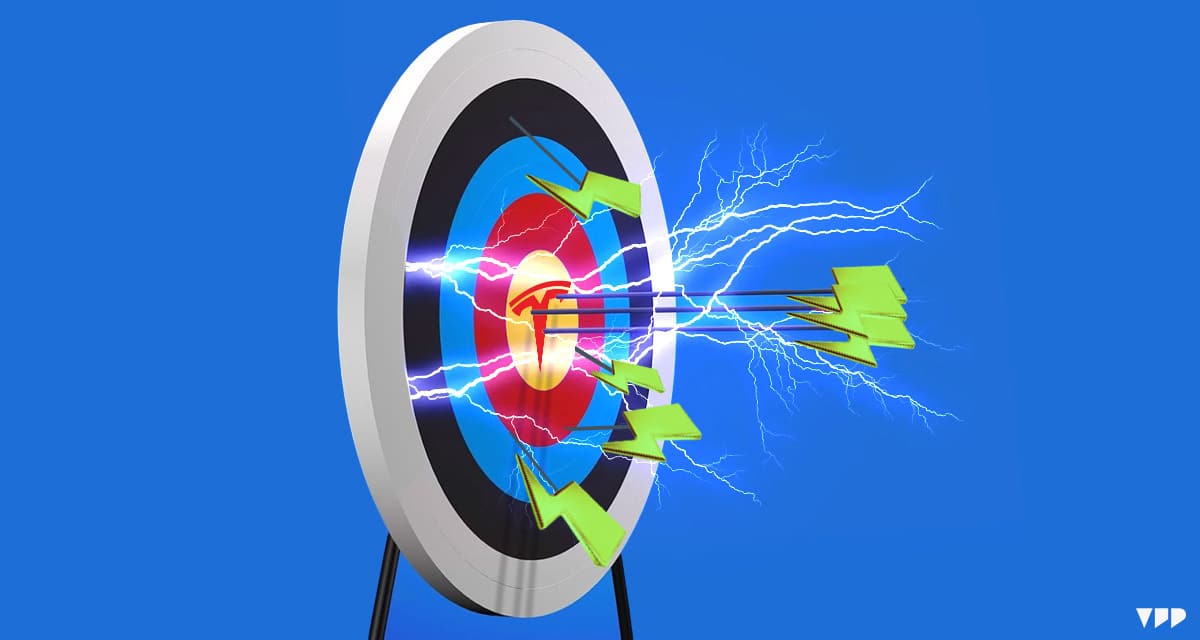The EV industry catches up to Tesla
The Future. EV sales jumped two-thirds in 2022, even as traditional auto sales fell. With more and more willing EV adopters interested in new (read: non-Tesla) EV brands, the name of the game is production. If automakers can get functional, non-luxury EVs into stores on time — and few can — they might have a shot at claiming a competitive edge over the rest of the industry.
Sparking competition
The WSJ covered the increasing popularity of EVs in the US, as well as the recent performance of each major industry player.
- While electric cars only accounted for 3.2% of all vehicles sold in 2021, that percentage nearly doubled to 5.8% last year — and that trend shows no sign of stopping.
- Tesla’s still way ahead, nabbing 65% of EVs sold, while Ford surged to second place with 7.6%, and Hyundai & Kia came in third with 7.1%. But the gap is shrinking; Tesla claimed 72% of auto sales last year.
- And numbers aren’t everything. Shorter wait times for Tesla vehicles in the US and abroad suggest declining demand, as does a new $7,500 incentive program Tesla has offered to some buyers. Plus, the EV maker’s 2022 delivery count fell short of its own forecast and that of Wall Street analysts — so there’s blood in the water.
- Volkswagen and Nissan saw sales slip. So did GM because the automaker had to temporarily take the Chevy Volt off the market to fix a battery defect. But sales have recovered now that they’ve handled the issue.
Good, fast, or cheap?
But the industry faces headwinds. In addition to foiling automakers’ production targets, the rising cost of lithium and other minerals necessary for batteries has driven prices up. The average cost of an EV was $66k in the summer of 2022, up from $51k a year earlier, which is likely to dampen demand considerably.
Automakers are spending hundreds of billions on EV car battery manufacturing plants to meet the expected (and current) explosion in demand. Also, new clean energy regulations in the US will allow some internationally-manufactured EVs to be imported and still qualify for a US EV subsidy. Both of these factors should lower prices a little; the question is, who will charge ahead and reap the rewards?
TOGETHER WITH CANVA
No design skills needed! 🪄✨
Canva Pro is the design software that makes design simple, convenient, and reliable. Create what you need in no time! Jam-packed with time-saving tools that make anyone look like a professional designer.


